07 Dez Mouches volantes – vitreous opacity or light of consciousness?
Autor: Floco Tausin
Kategorie: Judentum/Kabbala
Ausgabe Nr: 81
Dies ist die englische Übersetzung eines ursprünglich auf Deutsch erschienenen Beitrags. Klick hier, um ihn auf Deutsch zu lesen!
Judaism – Bible, Merkaba, Kabbala
In the first part of the article, the author explores whether there are references to mouches volantes in the Jewish religion, especially the bible and merkaba mysticism, and how these can be interpreted spiritually. In the sequel, he explores another mystical tradition of Judaism, the kabbalah, and notes that here, too, seeing luminous structures plays an essential role.
After a quieter phase in the history of Jewish mysticism (7th-11th centuries), new movements of piety developed in the high middle ages. They were answers to events such as the persecutions of the jews during the crusades, christian mysticism, the lay and poverty movements, but also to internal developments such as the strengthening of the belief in reason in Jewish philosophy.
Many religious people sought a more intimate, direct relationship with God. The torah was perceived not only as an externally applicable law or object of theology and philosophy, but as a system of mystical symbols reflecting God and the universe.
The various approaches to decipher this symbolism and to experience closeness to God are called „kabbalah“ (in Hebrew „tradition“or „written record“).
Two esoteric-mystical teachings on the universe that entered early Jewish mysticism are also taken up in the Kabbalah: the „work of the wagon“ and the „work of creation“. The kabbalistic speculations about creation became particularly known with the teachings of the ten sefirot: Ten divine aspects arise from the indistinguishable infinite. These ten sefirot are the first stages or worlds of creation.
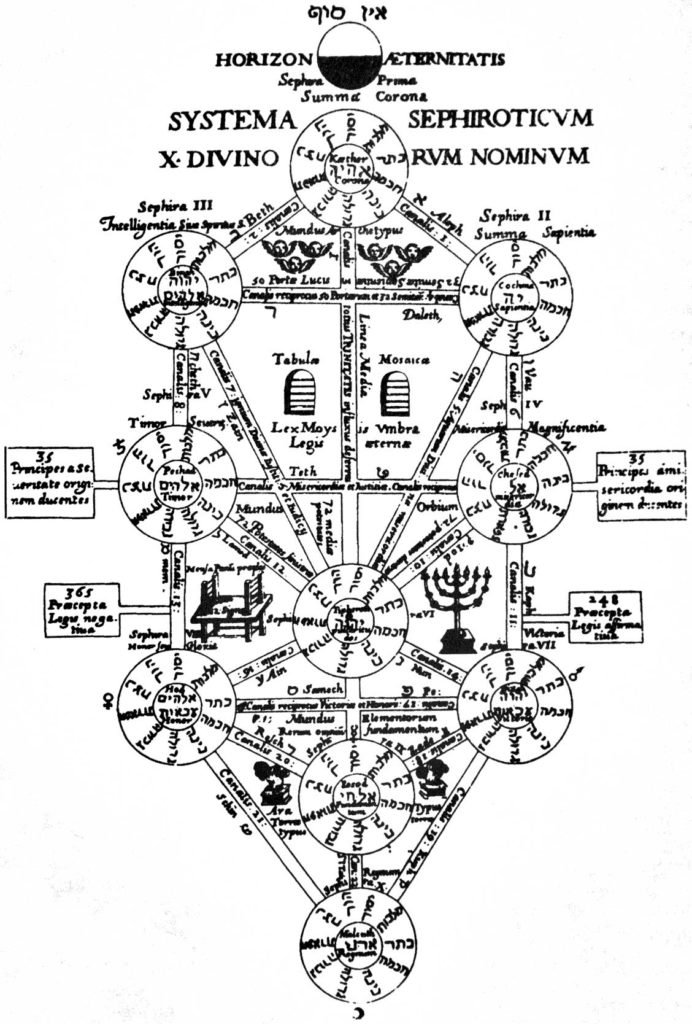
In kabbalistic works like the Sefer ha-Bahir (12th century) or the Sefer ha-Zohar (13th century) the individual sefirot as well as the complex relations among each other are developed. They are assigned the aspects of the divine and earthly world: Angels, God’s commandments and names, biblical figures with their ethical qualities, the threefold division of intellect, psyche and much more. Such structures of the world with the help of sefirot are used for meditation and immersing oneself deeper into the divine world (theoretical Kabbalah), or they are used for magical actions (practical Kabbalah).
The circular shape of the sefirot
Diagrams or „trees“ (hebr. ilanot) depicting the sefirot, its arrangement and its relationship to each other were increasingly produced from the 15th century onwards. These diagrams often show the sefirot as circles or spheres, partly with core and circumference. Insofar as the sefirot was equated with the throne wagon or understood as forces in the wagon, the shape of the sefirot could also be inspired by the wheels of the throne wagon – and thus by filaments or balls of light (see above). In an early kabbalah work, for example, the sefer ha-Bahir, the sefirot are defined as „transmitters“ of the glory of God and associated with light, with the wheels of the car, and with ten „idioms“, i.e. divine aspects (§ 126-127). […]
If you would like to learn more about the circular form of Sefirot, you can order the complete article as a pdf below.
The light in the sefirot
The term itself, in so far as it is traced back to Hebrew sappir („sapphire“), and in particular its luminosity, refers to the radiance of God in the encounter with God by Moses and in the vision of Ezekiel. The sefirot are equated with the wheels of the throne wagon and can be imagined as fiery glowing circles. To the extent that their origin is traced back to the eons (scholem 2007a) – divine emanations in ancient gnosticism – they are also beings or worlds of light. As emanations they go back to one-Sof, the infinite or God beyond all qualities. One-sof, which is usually not indicated in the sefirot tree, is characterised in kabbalistic works as primordial light. From this light emerge the sefirot. Through it the divine light shines into the lower worlds, albeit no longer in its original purity and intensity. The sefirot can appear to the viewer not only as intelligences, potencies, powers or names, but also as lights (scholem 2007a).
A new direction of the Kabbalah to Isaak Luria (1534-1572)
Within their teachings now also core-um-circle-structure of lights becomes clear.
Thus it is said that at the beginning of time God withdrew from his center to a point in order to create space for creation.
This contraction (hebr. tzimtzum) and thus the state shortly before creation can be expressed by the image of a dotted circle.
In this vacuum the divine light now forms the first world, the world of Adam Kadmon. From the eyes of this heavenly and luminous Adam, lights shine that form a world of light points (olam ha-nekudot). From this unstructured light the ten sefirot arise, which are understood here as ten vessels (Hebrew kilim). They absorb the divine light and thus recall the image of concentrated light balls (cf. Tausin 2008). According to Lurian, in kabbalistic cosmogony however, the bowls cannot hold the light, they can break it. The sparks of light connect with the shards (Hebrew klippot, qliphoth), and from the shards the demonic „other side“ (Hebrew sitra ahra) forms, the basis for the material world. Man’s task is to find the light sparks distributed and trapped in these worlds, to separate them from the klippot and to „ascend“ in order to restore the vessels and thus the cosmic order (Heb. tikkun) (Zohar 135a-b; scholem 2007a; Schwartz 2004). This collection of light sparks is partly associated with the collection of manna in the desert (Schwartz 2004).
But it also reminds us of the visionary idea of energy, which is bound in matter, feelings and thoughts and must be released from them so that the luminous structure can shine more intensely (Tausin 2010a).
More information about Isaak Luria can be found in the full article, which you can order as a pdf below.
Shamanic basis of Jewish-mystical visions?
In the Hebrew Bible, visionary prophetic phenomena - the ladder to heaven, the thorn bush, the pillar of fire, the wheels of the throne carriage, the army of angels, and others - are the means by which God reveals Himself to mankind.
Jewish mysticism takes up these images and themes and turns them into inner, spiritual manifestations through which man connects with God. In addition to these apparitions there are heavenly palaces, rivers and bridges of fire and hail as well as the sefirot. In all of these visionary images, central characteristics of the luminous structure can be seen – could Jewish mystical visions be inspired by seeing the luminous structure?
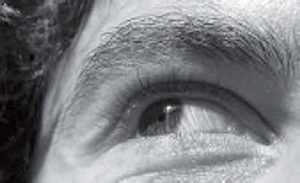
About the author:
The name Floco Tausin is a pseudonym. The author received his doctorate from the Faculty of Humanities at the University of Bern and deals in theory and practice with the investigation of subjective visual phenomena in connection with altered states of consciousness and the development of consciousness. In 2004 he published the mystical story „mouches volantes“ about the teaching of the Swiss seer Nestor living in the Emmental and the spiritual meaning of the mouches volantes.
These are abstracts from the original article.
Only excerpts from the article are reproduced in this version. The complete article in German language, can be ordered in the pdf below.
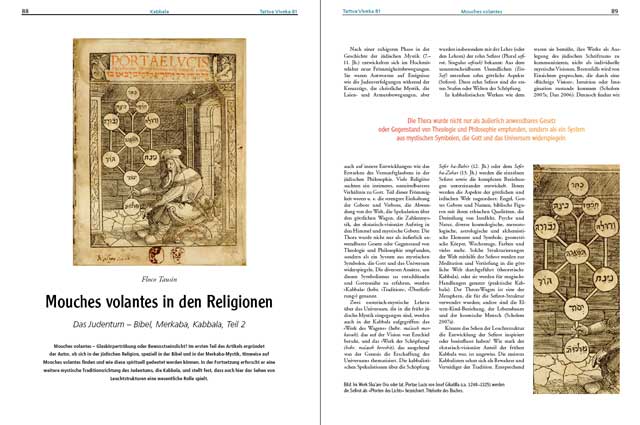
[wpshopgermany product=“576″ template=“beschreibung.phtml“]



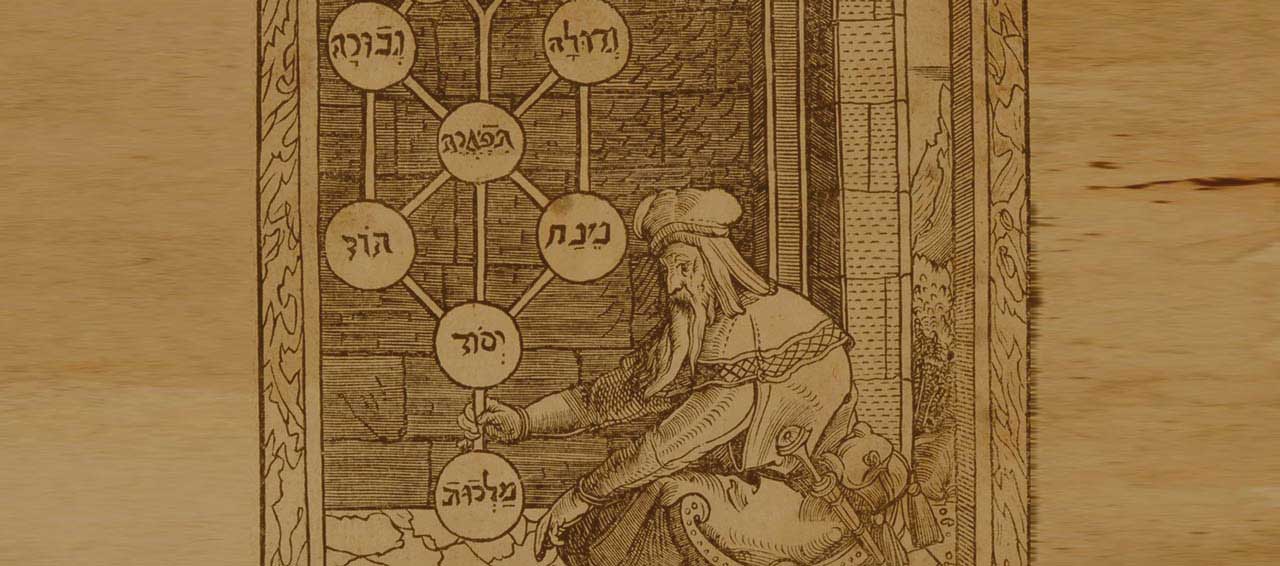
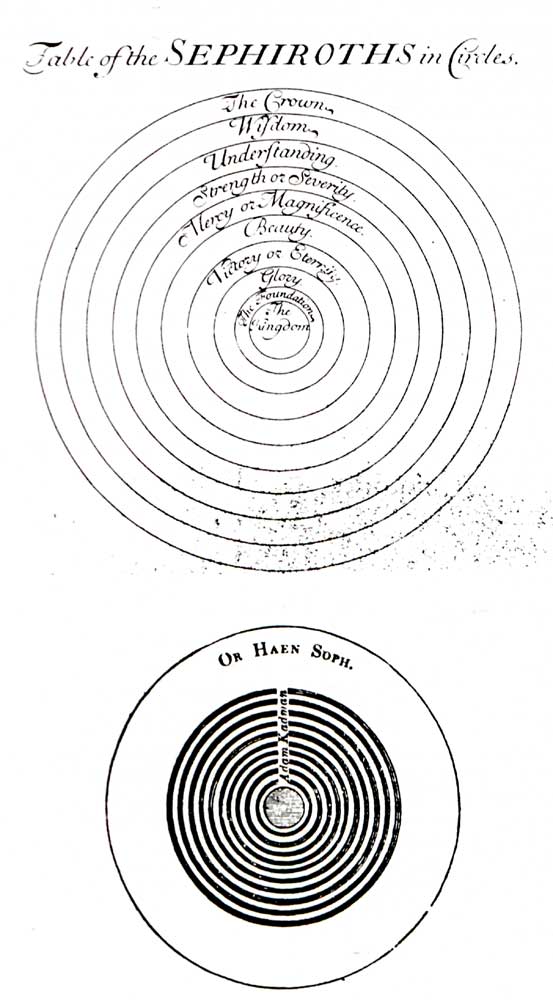

Keine Kommentare